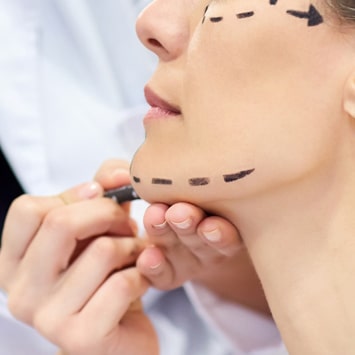 01
01
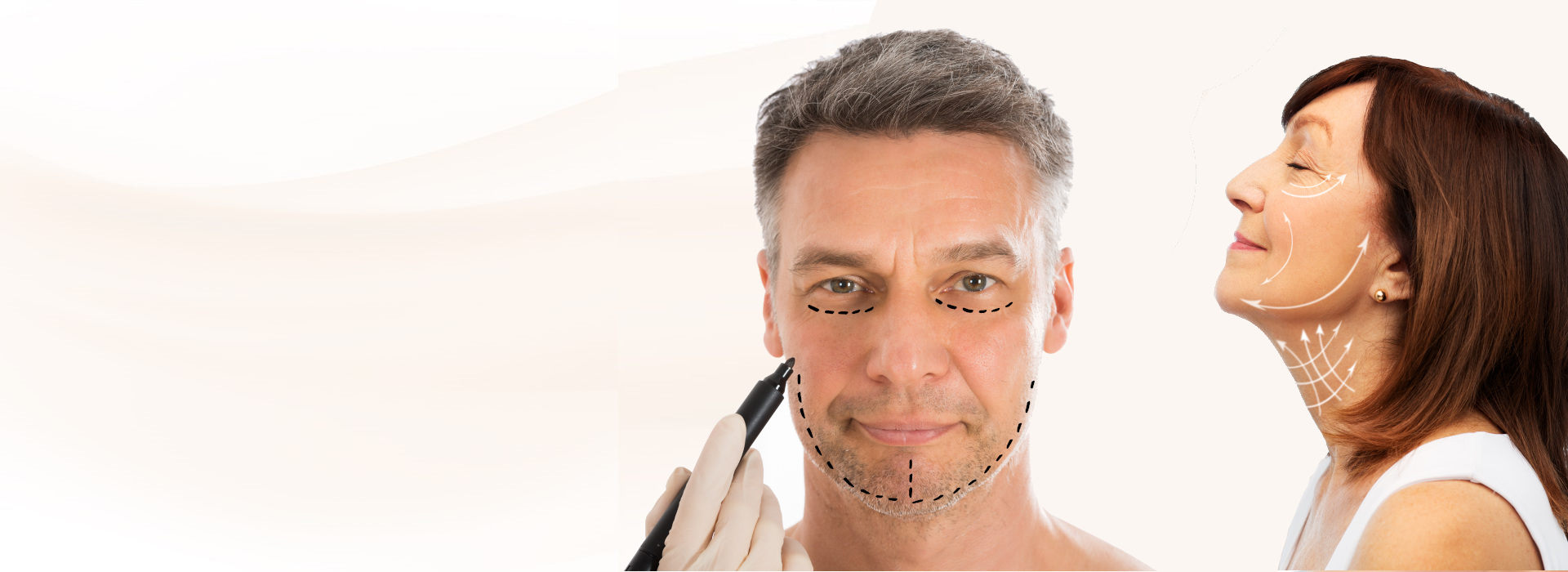
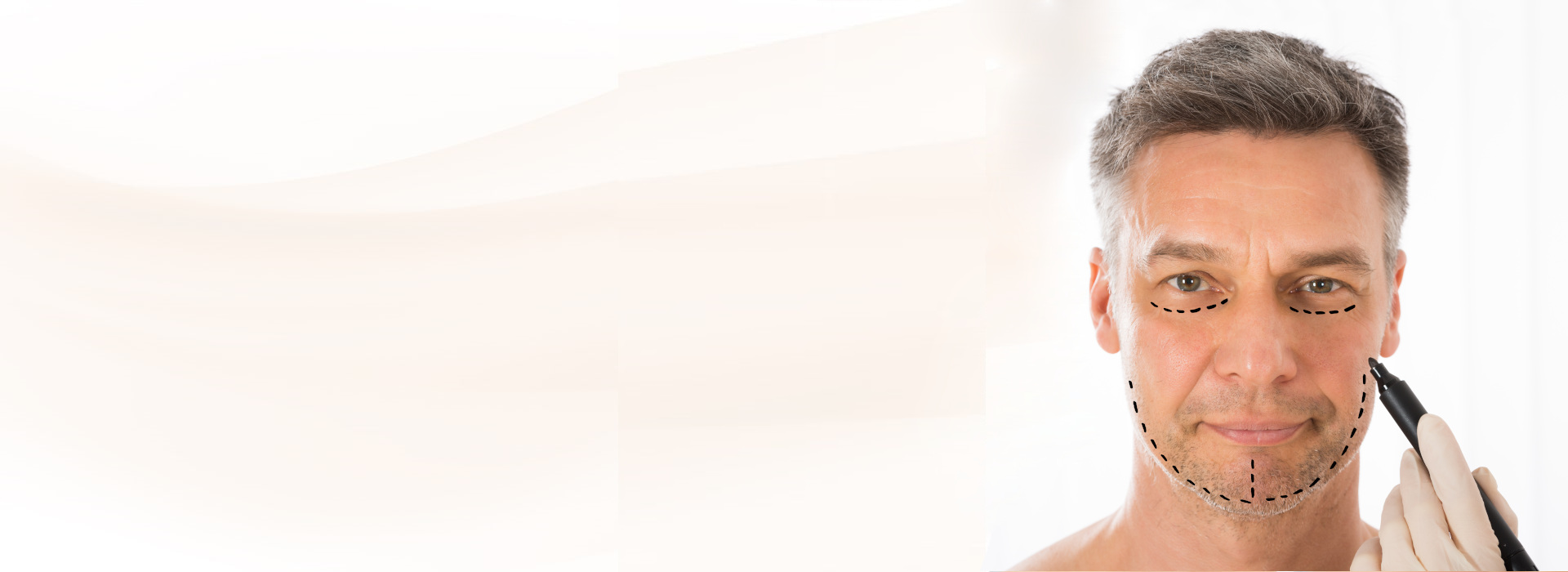
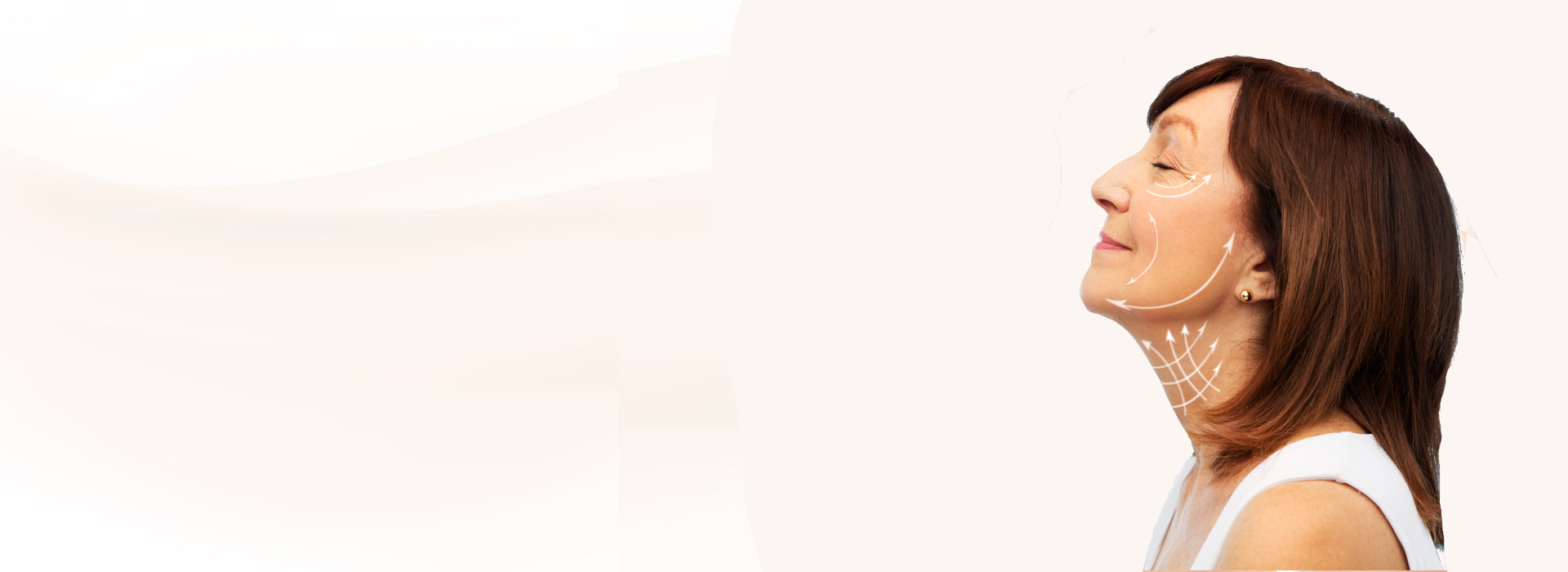
Curious about what a baby facelift is and how it can help you achieve a more youthful appearance? In this comprehensive guide, we'll delve into the world of baby facelifts, shedding light on this popular cosmetic procedure and its remarkable benefits. From defining the term to exploring the procedure's key features, we'll provide you with all the information you need to make an informed decision.
First, let's clarify what exactly a baby facelift entails. The term "baby facelift" is often used to describe smaller surgical procedures aimed at rejuvenating the lower face and neck. Unlike traditional facelifts, baby facelifts are known for their subtlety, involving shorter incisions and focusing on specific areas of concern. Dr. Grace Lee Peng, a respected physician representative for the American Academy of Facial Plastic and Reconstructive Surgery, explains, "Oftentimes people use cute names for surgical procedures without really describing what each patient is having done." Baby facelifts typically target the following areas:
While the term "baby facelift" may sound endearing, the procedure comes with a notable price tag, typically ranging from $10,000 to $50,000, depending on your location. However, the results are certainly worth the investment. Renowned plastic surgeon Dr. Sam Rizk notes that patients can expect the following benefits from a baby facelift:
One of the key advantages of baby facelifts is the minimalistic approach to incisions. Unlike traditional facelifts, which often involve extensive incisions, baby facelifts aim for subtlety. Dr. Peng elaborates, stating, "A regular facelift usually has incisions that can extend to the hairline or into the hairline, while a baby facelift usually has very small incisions just around the earlobe or behind the ears." This results in less scarring and a quicker recovery process.
Baby facelifts have gained popularity due to their ability to provide a more youthful and rejuvenated appearance with a less invasive approach. The targeted nature of the procedure makes it an appealing option for individuals looking to enhance specific facial features while maintaining a natural look.
If you're considering a baby facelift to rejuvenate your appearance and address concerns in the lower face and neck, you now have a better understanding of what to expect. While the cost may be significant, the remarkable benefits and minimal scarring make this procedure a popular choice for those seeking a subtle enhancement. To explore further and consult with a qualified plastic surgeon, contact a trusted practitioner in your area.
Opt for a baby facelift, and reveal a more youthful, confident you today!
Most surgeons will lift the muscle or SMAS in 1 direction. I have evolved my technique over the years to lift it in 3 separate directions, which results in much more powerful lift, as well as a more natural look. The 3 vectors are determined the day of surgery, depending on what priorities the patient has in terms of jowls, jawline, neck etc. Even though this improves the midface about 30% and the neck, further work can be done with a midface or cheek lift, as well as additional work to the neck, depending on the patient's examination and their expectations.
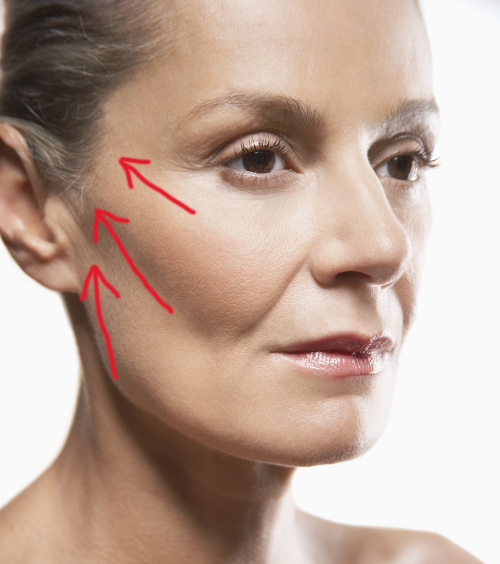
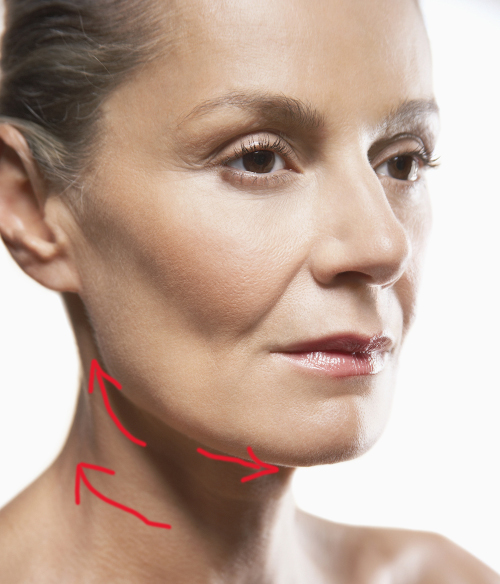
There are four different options to improve a neck. Depending on how much extra skin you have, fat, and how lax your muscles are these options will be discussed during your private consultation. First option is just liposuction. Second option is a mini neck lift through a small scar in the submental crease. This pulls the neck medially or inward. Next option is a mini lateral neck lift, which has two small scars, and pulls the neck laterally or out to the side. Finally, the last two options are a T or Z neck lift, where the submental skin excess is removed and a full neck lift, which includes the T or Z scar as well as a vertical scar all the way down to the sternal notch. This last option is the most aggressive, but has the most scarring.
In a lower blepharoplasty, typically a canthopexy is done at the same time to tighten the loose orbicularis muscle and give a more natural look while diminishing ectropion or lateral scleral show.
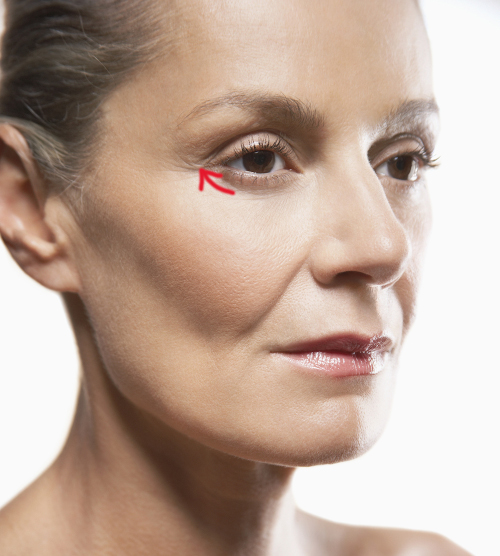
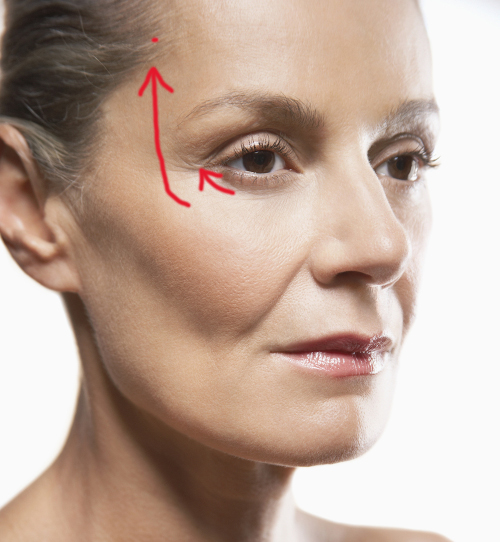
A Midface or cheek lift is done through the same incision as a lower blepharoplasty with the addition of a small incision in the hairline. The muscle is lifted in two directions, one with the lower blepharoplasty and canthopexy, and secondly, in a different vector superiorly to lift the mid face or cheek. Most people lift this laterally, but I have changed my approach, because that did not look as natural and it was not as powerful a lift. The midface or cheek ages and descends downward. Please remember that with a mid face or cheek lift, you are also getting a lower blepharoplasty at the same time. It is included and not a separate procedure.
When I first published The 7 Critical Questions to Ask Before Letting Any Surgeon Touch You, I had no idea that it would be so popularly received. Since its publication, this brief guide has helped thousands like you to more safely navigate the world of cosmetic surgery. The 7 Questions have been updated and a bonus section, Applying the 7 Questions, has just been added. Be my guest to read, learn and share.